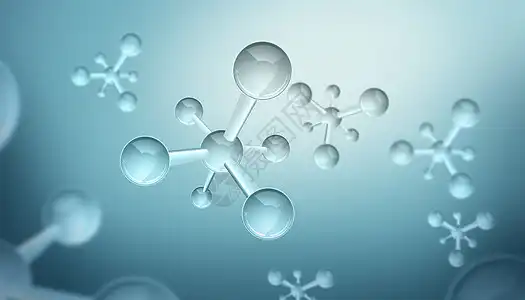Hebei Messi Biology Co., Ltd. stated that nano-magnesium oxide is a new type of high-function fine inorganic material. The main types are nano-powder, nano-film, nano-wire and nano-solid. Due to the particularity of its structure, it has different electrical, magnetic, thermal and optical properties than the body, thus opening up a series of new application fields.

1. Application in sterilization materials
Due to its high specific surface area and many lattice defects, nano-magnesium oxide is positively charged. After absorbing halogen gas, it can form a strong interaction with negatively charged E. coli and spores, thus showing good Compared with silver oxide and solid fungicides containing silver, copper and other metal elements, nano-magnesia has the advantages of rich raw materials, simple sterilization conditions, and odorless and tasteless itself.
4-10nm magnesium oxide has an exceptionally outstanding killing effect on various viruses, bacteria and fungi (within 20 minutes, the killing effect of bacteria is 100%), which is far superior to the usual silver-based fungicides (within 60 minutes, the killing effect of bacteria The killing effect is 100%); and nano-magnesium oxide has a huge adsorption capacity for chlorine gas, which can absorb 20% of its own weight of chlorine gas, which further strengthens the bactericidal effect.
2. Application in nanophase ceramics
Nano-magnesia can be used as a sintering aid in ceramics. Nano-ceramics are made of non-agglomerated nano-powder titanium oxide, aluminum oxide, etc. through static sintering or stress-assisted sintering. However, due to the high surface energy and high surface activity of nano-powders, the higher grain boundaries can provide a higher driving force for the growth of crystals, and at the same time cause a decrease in the bonding strength of grain boundaries. Additives can effectively solve this problem. Adding 5% nano-magnesia to nano-zirconia powder, high-density ceramics were successfully made through stress-free sintering.
3. Application in steelmaking industry
Nano-magnesium oxide is used in the steelmaking industry and can be used as an annealing separator for silicon steel sheets. When the silicon steel plate is annealed at high temperature, the performance of magnesium oxide used for silicon steel plate coating is directly related to the quality of the magnesium silicate insulating film formed on the surface of the silicon steel plate. The X-ray diffraction analysis of magnesium oxide used for foreign silicon steel plate coating found that the average particle size of magnesium oxide used is 40-65nm, which belongs to the nano powder.
4. Application in Catalyst
As a catalyst for alkyl chlorination, nano-magnesia crystals can absorb Cl2-magnesia adducts formed by a large amount of chlorine gas. On magnesium oxide nanocrystals, chlorine atoms share electron cloud density with surface O2–anions. When chlorine gas decomposes During chemical adsorption, the chloride-like ions are embedded, so the chemical reactivity of Cl2-magnesia adducts is closer to that of chloride ions than chlorine gas, and the selectivity of Cl2-magnesia adducts is higher than that of chlorine atoms. The use of pretreated nano-magnesium oxide as a catalyst can increase the yield of the product in the process of catalytic synthesis of acetylacetone from 80% to 95%. Nano-MgO also has high catalytic activity for the polymerization of bismaleimide (BMI).
Nano-magnesia also has excellent ability to shield ultraviolet rays and is the preferred material for developing functional cosmetics, fibers and clothes. In addition, the combination of nano-magnesia and high polymer or other materials has a good microwave absorption coefficient. It can not only be used as a filling material for cosmetics, face powder, and paint, but also as a filling material for rubber, fat decomposers or pharmaceuticals. polish etc.
In addition, as a wide-bandgap insulating material, nano-magnesium oxide has a very high secondary electron emission rate, and has very important applications in precision optical components and semiconductor substrate materials.
